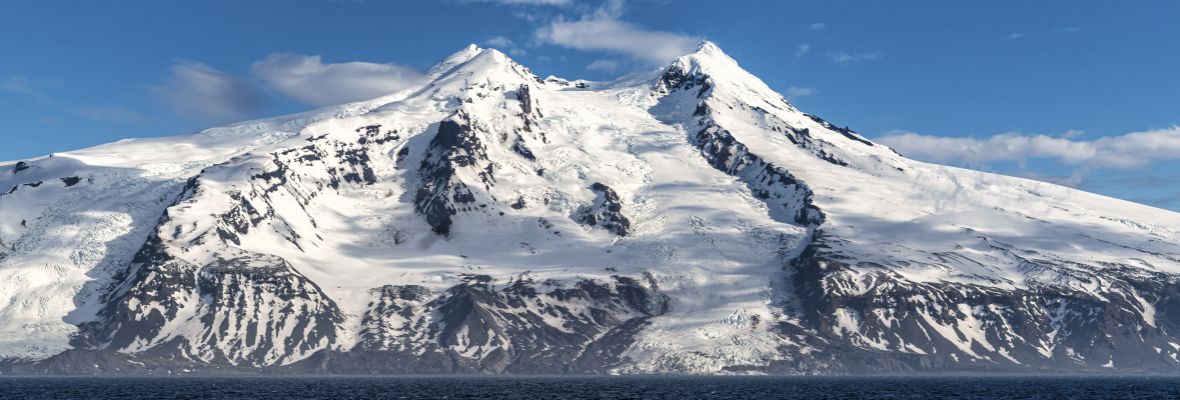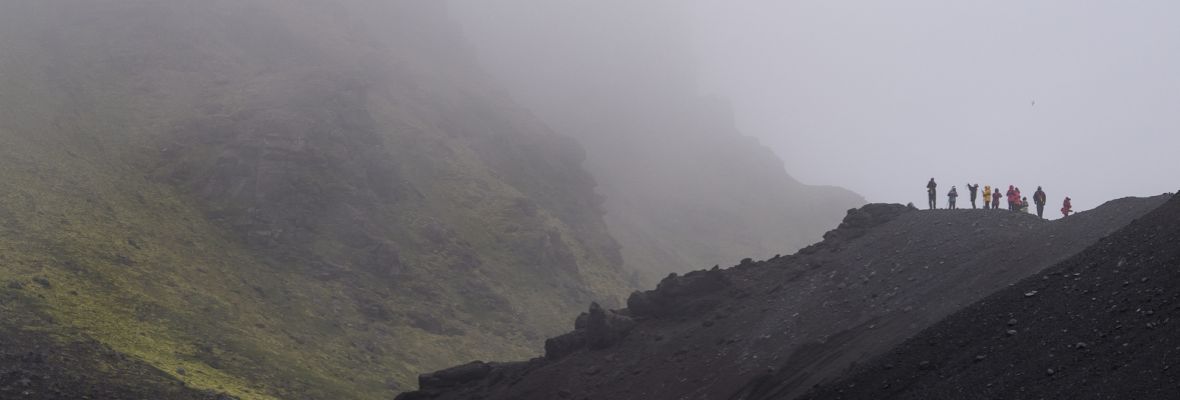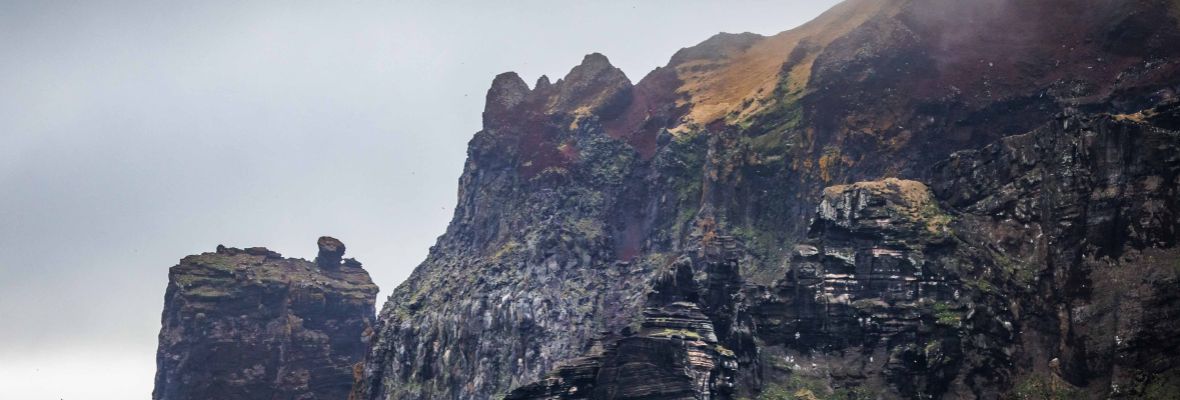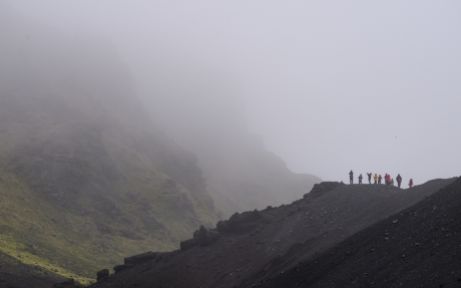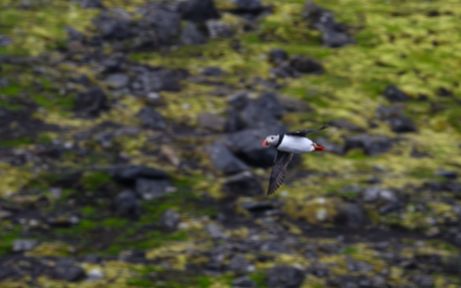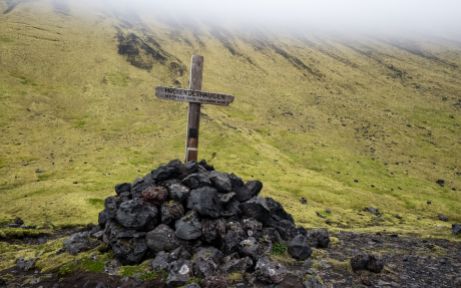Exciting changes are on the way!
As part of our merger with Polar Latitudes, we’re refreshing key elements of our website to reflect this new chapter. Discover more in our latest news update.
A lonely rock in the middle of the Arctic Ocean, the volcanic island of Jan Mayen lies halfway through Norway and Svalbard, making it a incredible sight and a rare gem for any Arctic explorer.
At the midpoint between Iceland, Svalbard and Greenland lies the enigmatic volcanic island of Jan Mayen. Jan Mayen is located precisely on the Mid Atlantic Ridge, the reason for its existence - it is Norway's only active volcano! Even more isolated and seldom visited than Svalbard, this island has fascinated travellers for centuries: not only because of its isolation but also due to the almost perpetual clouds and fog that hover almost permanently above it. Unlike Svalbard, which occupies a special constitutional status, Jan Mayen is an integral part of Norway, although no civilians live here. Beerenberg, the summit of the volcano and highest point of the island reaches 2,277 meters - making it one of Norway's 300 mountains over 2000m.
The island is inhabited by only 18 souls year-round, comprising meteorological station staff and Norwegian Military personnel. Landing on this island is exceptionally challenging, with strong swells, high winds and thick fog all frequent features of the island's weather (although there are approachable beaches throughout the island). The volcanic origin of the landscape is visible all over with cinder cones, lava flows and ash covering the lowlands, and the Fuji-esque peak of Beerenberg looming above.
Area of Jan Mayen
Population of Jan Mayen
Facts about Jan Mayen
- There are no permanent residents, only temporary personnel, mainly military and meteorological staff, living in Olonkinbyen, the island’s only settlement.
- Jan Mayen has a hyperoceanic polar climate, influenced heavily by the nearby Gulf Stream. This means temperature are fairly constant throughout the year, with cool summers and cold winters, rarely plummeting below -7°C
- The island was first discovered by Dutch whaler Jan Jacobszoon May van Schellinkhout in 1614, after whom it is named.
- The island is home to Beerenberg, the northernmost active volcano in the world, which last erupted in 1985.
- There are no shops, restaurants, or tourist facilities—visitors must bring everything they need with them.
- Arctic
- Jan Mayen



